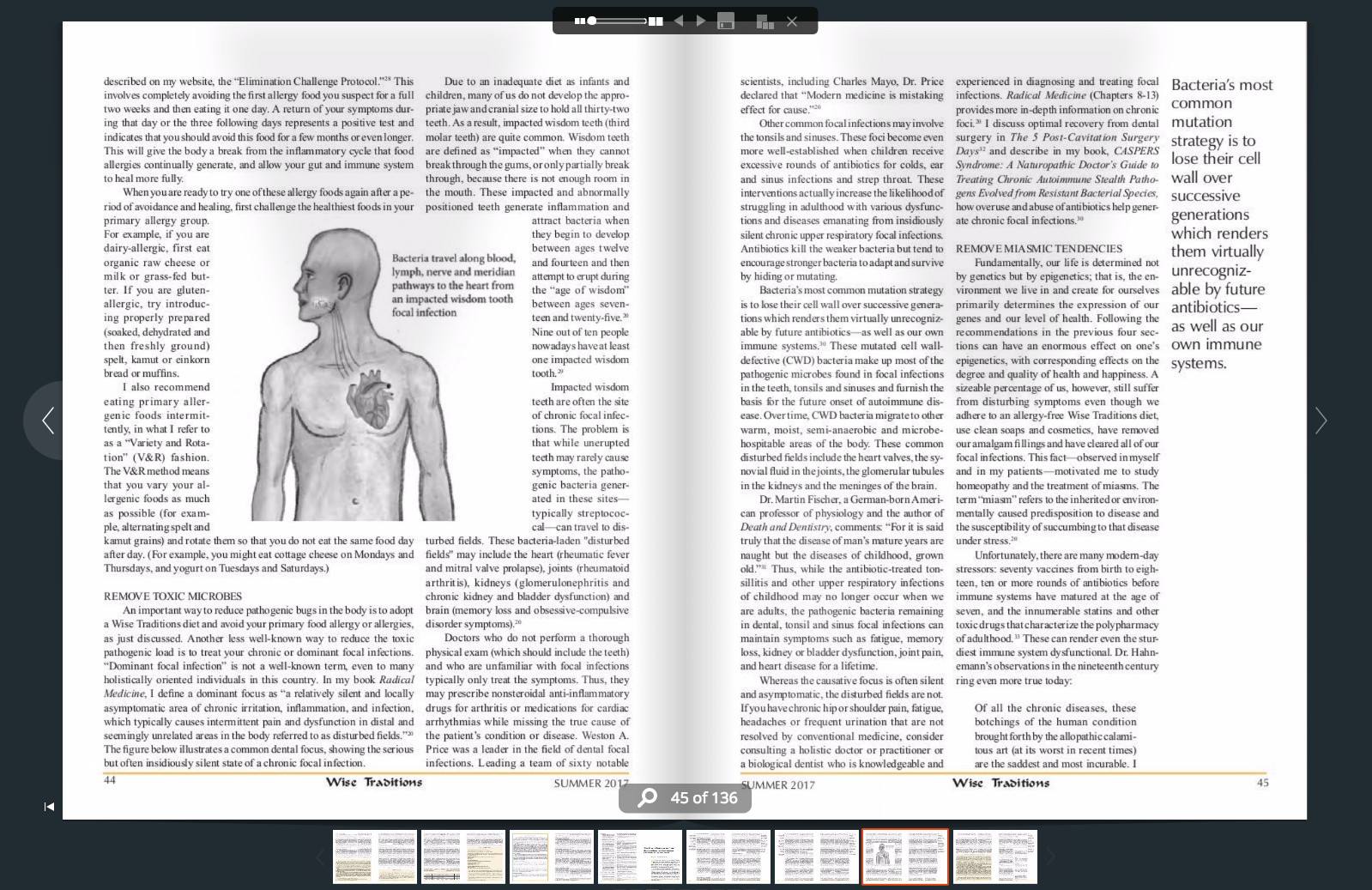The Case against Sugar
By Gary Taubes
Alfred A. Knopf
In 1934, statisticians estimated that two or three people out of every one thousand Americans had diabetes. They also estimated that those numbers had jumped 400 percent since 1900. The latest numbers from the Centers for Disease Control and Prevention are one in every seven or eight people is diabetic. However, native peoples who avoid Western civilization remain almost untouched by the disease. There aren’t too many examples of people untouched by western civilization now, but the history paints a clear picture. Something went wrong in the “civilized” world, especially around the beginning of the twentieth century.
Diabetes has existed since at least the sixth century BC, so it is not exactly new, but it was generally rare before one hundred years ago. Aretaeus of Cappadocia, a first-century physician, described the disease this way: “Life is too odious and painful, the thirst is ungovernable, and the copious potations are more than equaled by the profuse urinary discharge…. If he stops for a very brief period, and leave off drinking, the mouth becomes parched, the body dry, the bowels seem on fire, he is wretched and uneasy, and soon dies, tormented with burning thirst.” If the somewhat quaint language stumps you a little, I won’t judge. I had to look up potations, too.
So why has this once rare disease become an epidemic? I am old enough to remember when people always referred to it as “sugar diabetes.” Now why would they call it that? Gary Taubes details the evidence that seemed so clear forty or fifty years ago. Processed sugar consumption has fluctuated over the years, and deaths due to diabetes have corresponded so closely to changes in sugar consumption that it was once obvious what was going on. For example, during World War I sugar consumption was down due to rationing and shortages. So was diabetes. In cultures where sugar consumption is low, so is diabetes.
When you look at more recent opinions, however, they seem much less certain about the root cause of diabetes. How did we go from obvious to confused? As is often the case, you can follow the money to the answer. The sugar industry has a lot of money and would like to keep it that way. Connecting sugar to the nasty disease described above would not be terribly conducive to the industry’s financial goals. The industry did a good job of deflecting suspicion onto animal fat instead. In the corporate world, fat was a relatively easy, defenseless scapegoat. As far as I know, there is no such thing as a company called “ACME Fat, Inc.” Fat is certainly an ingredient in many foods, but there is no industry producing pure fat as a commodity like sugar. One may argue that butter is fat, but it is not usually the only product any industry sells, and producers would never decide to label their product “Dairy Fat.” There is no one industry that will defend the reputation of fat the way the sugar industry defends sugar.
The sugar industry is just part of a larger “food” industry that depends heavily on sugar, especially since manufacturers must keep fat as low as possible in those “foods.” Sadly, “Coca Cola” is the second most recognized word in the world. Sugary drink producers and candy companies do a huge business that would collapse without sugar or other even more toxic modern substitutes. Even cigarettes contain sugar. It is very convenient for a lot of people to ignore the downside of sugar. This book does a good job of sorting out what the studies really say about fat and what they really say about sugar. My thumb is UP.
This article appeared in Wise Traditions in Food, Farming and the Healing Arts, the quarterly magazine of the Weston A. Price Foundation, Summer 2017.
🖨️ Print post


Very true, but there is another significant cause here which has largely been overlooked: electrification.
Dirty electricity has caused a huge increase in all of the chronic, degenerative diseases, as documented by medical doctor and epidemiologist Samuel Milham.
“Sugar Diabetes” because sweet urine was the main symptom.
“Diabetes . . . high blood concentration of the sugar glucose . . . cause[s] the spilling over of sugar into the urine . . . the disease’s full name “diabetes mellitus”, meaning ‘running-through of honey’ ” (Jared Diamond, “The World Until Yesterday”.)
Type-1 Diabetes is cause by autoimmunity which destroys the pancreas’ ability to produce insulin. Only Type-2 is caused by high sugar intake and overweight. Both result in sugar in the urine.
Dear all,
Can you advise about a source of organic sweetner that has a low glycemic index/glycemic load that a person with diabetes can use?